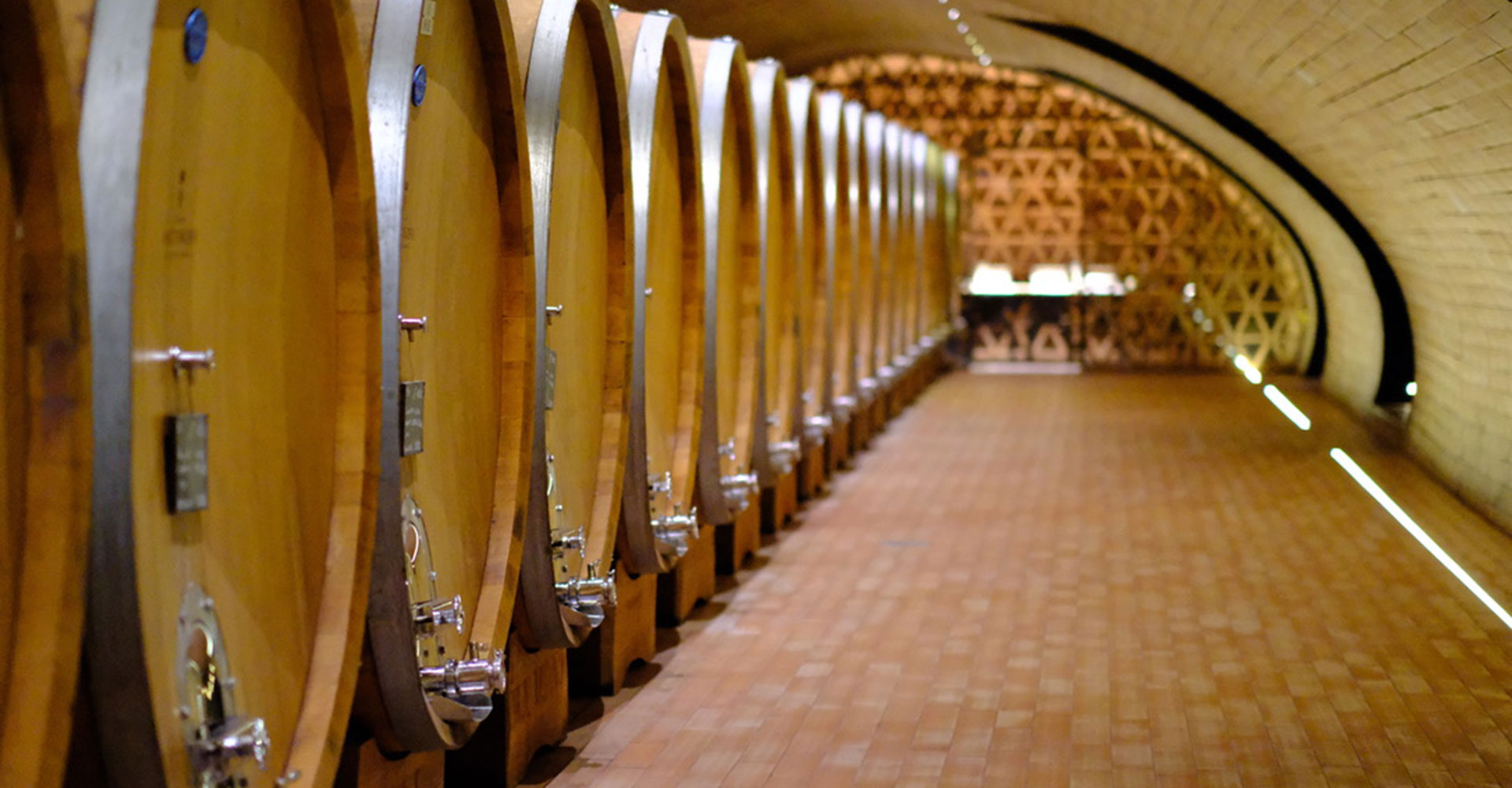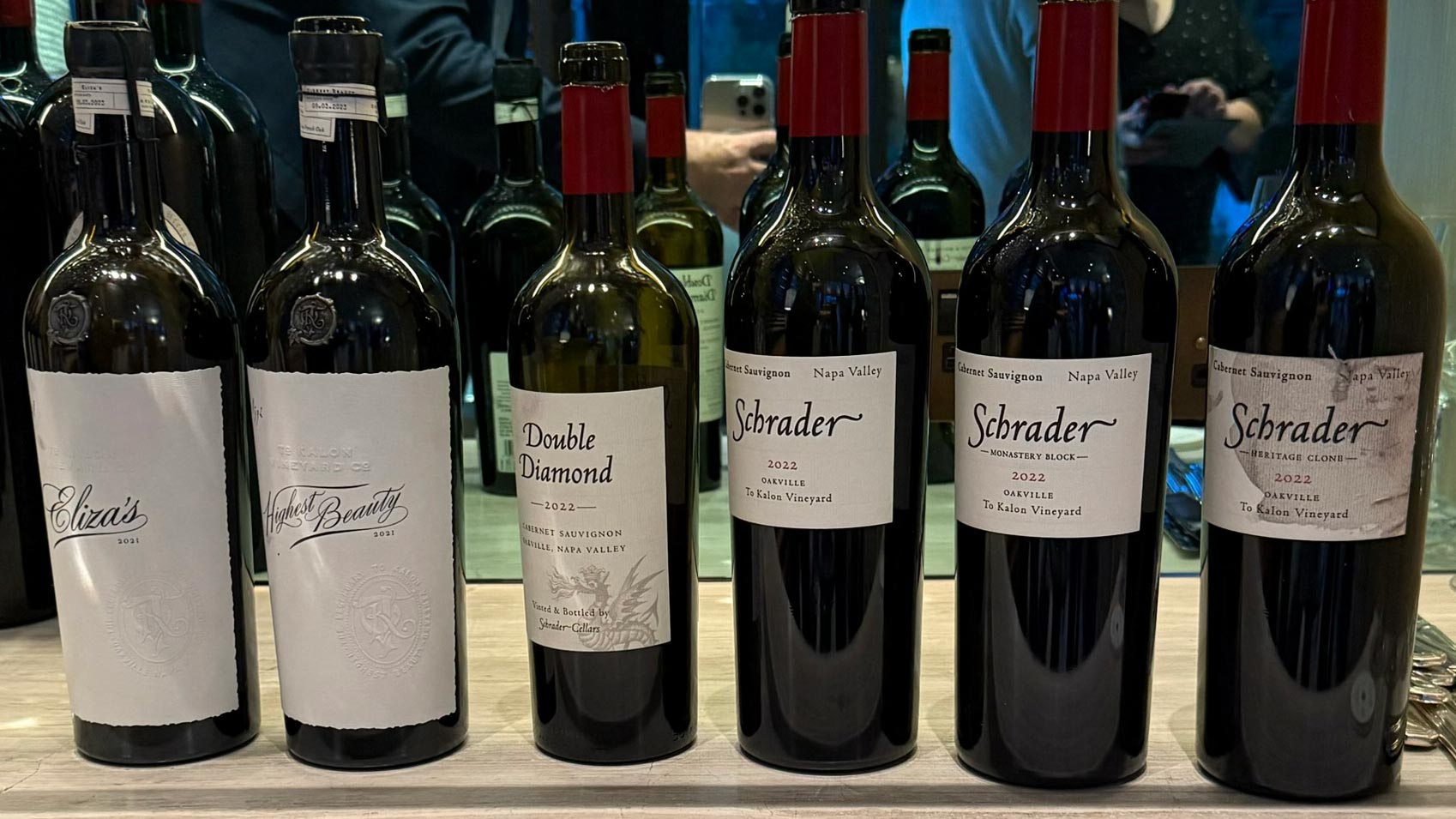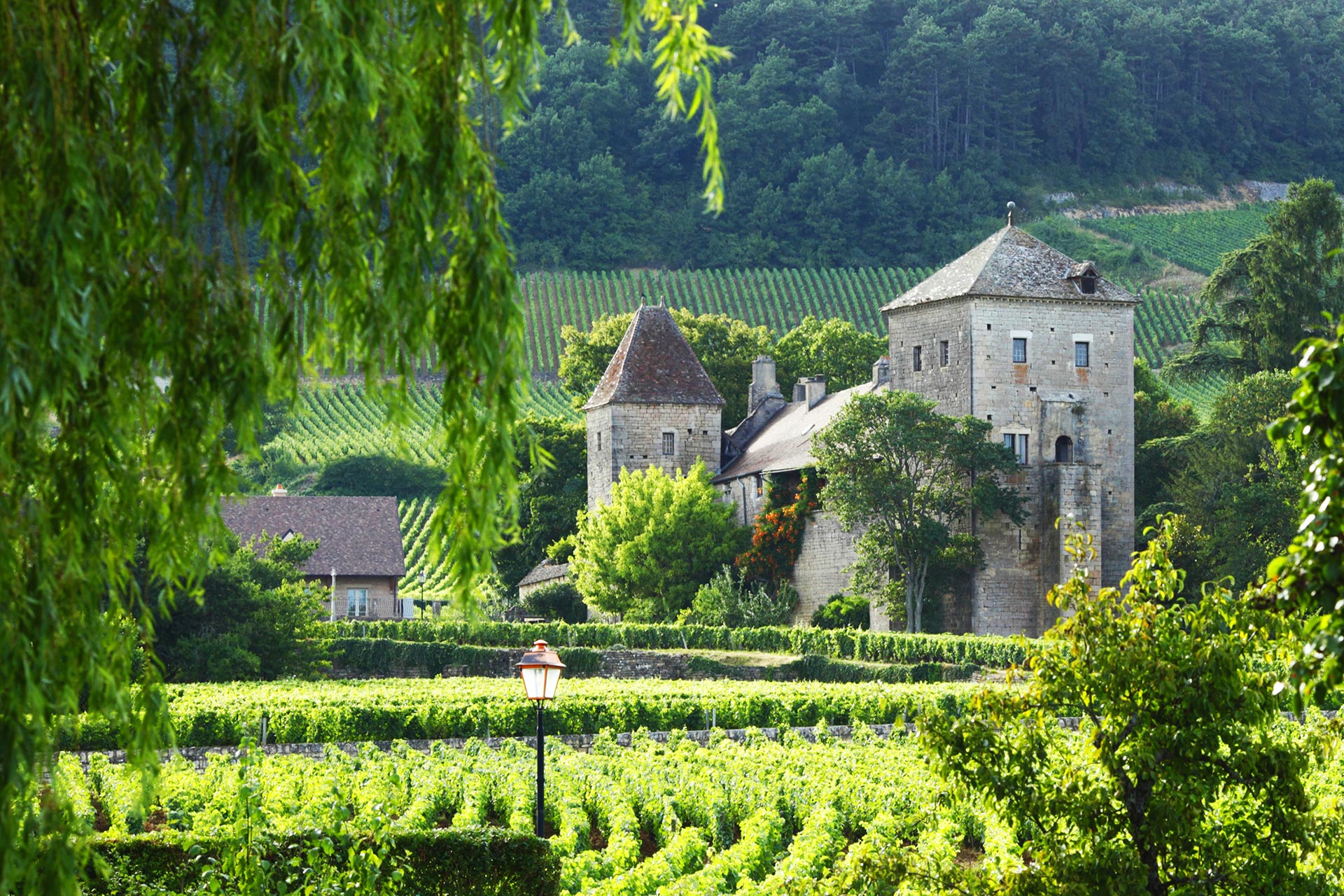Based on my recent travels across Italy and insightful conversations with passionate winemakers and industry experts, I decided to dive deeper into what truly makes Italian wine so exceptional. Italy doesn’t merely produce wine; it crafts vibrant stories in every bottle. From bubbly Prosecco popping louder than your best birthday celebration to a Barolo aging even more gracefully than Brad Pitt, Italy’s wine landscape is a compelling blend of complexity, fierce competition, and captivating diversity.
Why Italy Leads Despite the Chaos
With an economic footprint valued at billions and a staggering annual production of over 44 million hectolitres, Italy is the world’s grape-crushing champion. Constantly bouncing back from climate tantrums yet never losing its stride, Italy keeps its swagger even when global wine consumption dips to historic lows. Like a seasoned sommelier, Italy simply shrugs and pours another glass, steadily sipping through any downturn.
Bubbly Dominance
Italian sparkling wines, particularly Prosecco, are true powerhouses. Set to nearly triple their market size by 2035, these wines are bubbling their way into brunches, weddings, celebrations, and even quiet weeknight indulgences everywhere. It’s an impressive feat, considering Prosecco has effortlessly become synonymous with accessible luxury.
Italy’s Secret Sauce?
The real magic is Italy’s regional diversity. Home to over 500 indigenous grape varieties, Italy boasts a vibrant tapestry of flavours and styles. From Nebbiolo’s refined elegance in Piedmont, offering aromas reminiscent of autumn leaves and truffles, to Tuscany’s robust Sangiovese, full of cherry notes and earthy charm, every region contributes uniquely. This rich variety makes exploring Italian wines akin to navigating the delightful complexity of an Italian family dinner—plenty of personality, unforgettable characters, and endless surprises.
Most Planted Grape Varietals in Italy
Understanding Italy’s wine industry means knowing its top grape varieties. Here’s a snapshot of the leading grapes cultivated across the country:
| Rank. | Variety | Hectares (2021) | Hectares (2022) |
|---|---|---|---|
| 1 | Sangiovese | 67,634 | 65,083 |
| 2 | Glera | 38,892 | 38,882 |
| 3 | Pinot Grigio | 32,335 | 31,517 |
| 4 | Montepulciano | 30,829 | 30,763 |
| 5 | Trebbiano Toscano*. | 30,006 | 45,425** |
| 6 | Merlot | 24,209 | 18,840 |
| 7 | Chardonnay | 23,635 | 23,592 |
| 8 | Barbera | 19,814 | 19,708 |
| 9 | Catarratto* | N/A | 31,118 |
| 10 | Primitivo | N/A | 19,082 |
Source: The Drinks Business (2021), Italian Wine Central (2022). Note: Figures can vary slightly based on source and data collection year. *Trebbiano Toscano specifically; the higher 2022 figure includes multiple Trebbiano clones. Catarratto includes Catarratto Bianco Lucido and Catarratto Bianco Comune.
Global Export Powerhouse
Italy doesn’t simply produce wine; it conquers global palates. Leading the world in wine exports, the country recorded a phenomenal €8.13 billion in wine exports in 2024 alone. Sparkling wines, especially, are the shining stars, buoyed by the world’s increasing thirst for fizz, fun, and effortless elegance.
Wine Politics and the American Twist
Exports to the USA spiked dramatically as importers stocked up nervously amid tariff uncertainties. It’s akin to buying wine before your in-laws visit—you stockpile, not entirely sure when or if you’ll get another peaceful opportunity. This cautious optimism underscores how intricately global politics can affect the wine industry’s dynamics.
Competitive Landscape: Family vs Cooperatives
Italy’s wine market presents an intriguing mix, balancing powerful cooperatives like Cantine Riunite, known for their massive output, alongside prestigious family-run estates such as Antinori, celebrated for their exceptional craftsmanship and heritage. Think of it like massive supermarket chains coexisting with charming family-run delis—each indispensable, each delightful in its way.
Future Challenges: Sustainability or Bust
Climate change stands as a pressing threat, compelling producers to adopt organic and sustainable viticulture methods urgently. Producers also face pressures from rising inflation, evolving consumer preferences towards health-conscious NoLo (No or Low alcohol) beverages, and persistent labour shortages. The industry is responding dynamically, innovating both in the vineyard and on the shelf.
Strategic Opportunities: Going Global & Wine Tourism
Italy has its sights set on growth opportunities in emerging markets, notably Brazil and several Asian countries. Additionally, sophisticated wine tourism is flourishing. Imagine savouring your favourite Chianti in the Tuscan vineyards themselves—strategically brilliant and undeniably delightful, it enriches the consumer experience while securing brand loyalty. You can read about my adventures in Tuscany here:
- From Cellar to Skyline: My Spirited Day at Antinori nel Chianti Classico
- Castello di Casole: Where Tuscan Dreams Soak in Sunset and Olive Oil
- Castelfalfi: A Tuscan Tale of Wine, Romance and Just a Touch of Magic
Italy vs France & Spain: A Friendly Rivalry?
When compared to France’s luxury-driven approach or Spain’s high-volume, cost-effective model, Italy smartly balances both worlds. It’s like the versatile friend equally comfortable chatting at relaxed backyard BBQs and sophisticated black-tie dinners. This agility helps Italy navigate diverse consumer tastes and market conditions with remarkable finesse.
Final Sip
Bolstered by creativity, resilience, and authenticity, Italy’s wine sector stands poised to gracefully weather shifts in global tastes, market dynamics, and even pesky tariffs. The Italian wine industry isn’t merely surviving; it’s thriving spectacularly—much like your cherished vintage Italian red that improves beautifully with every passing year.



